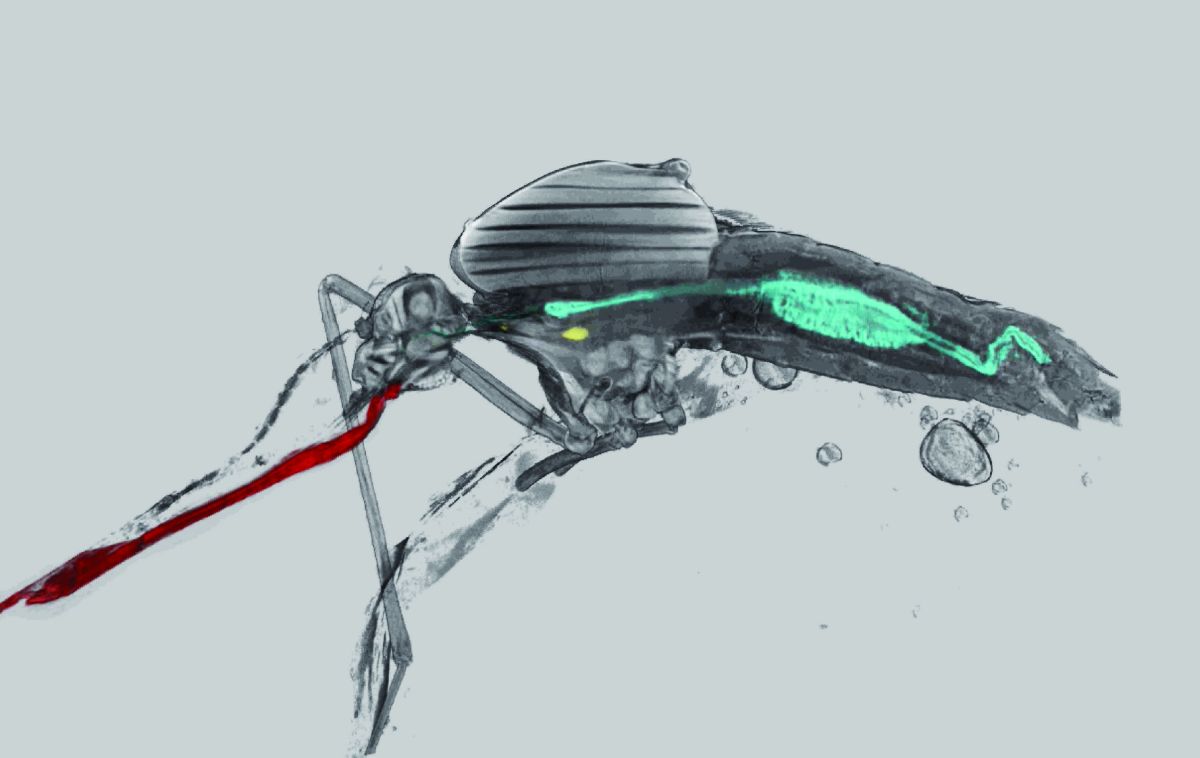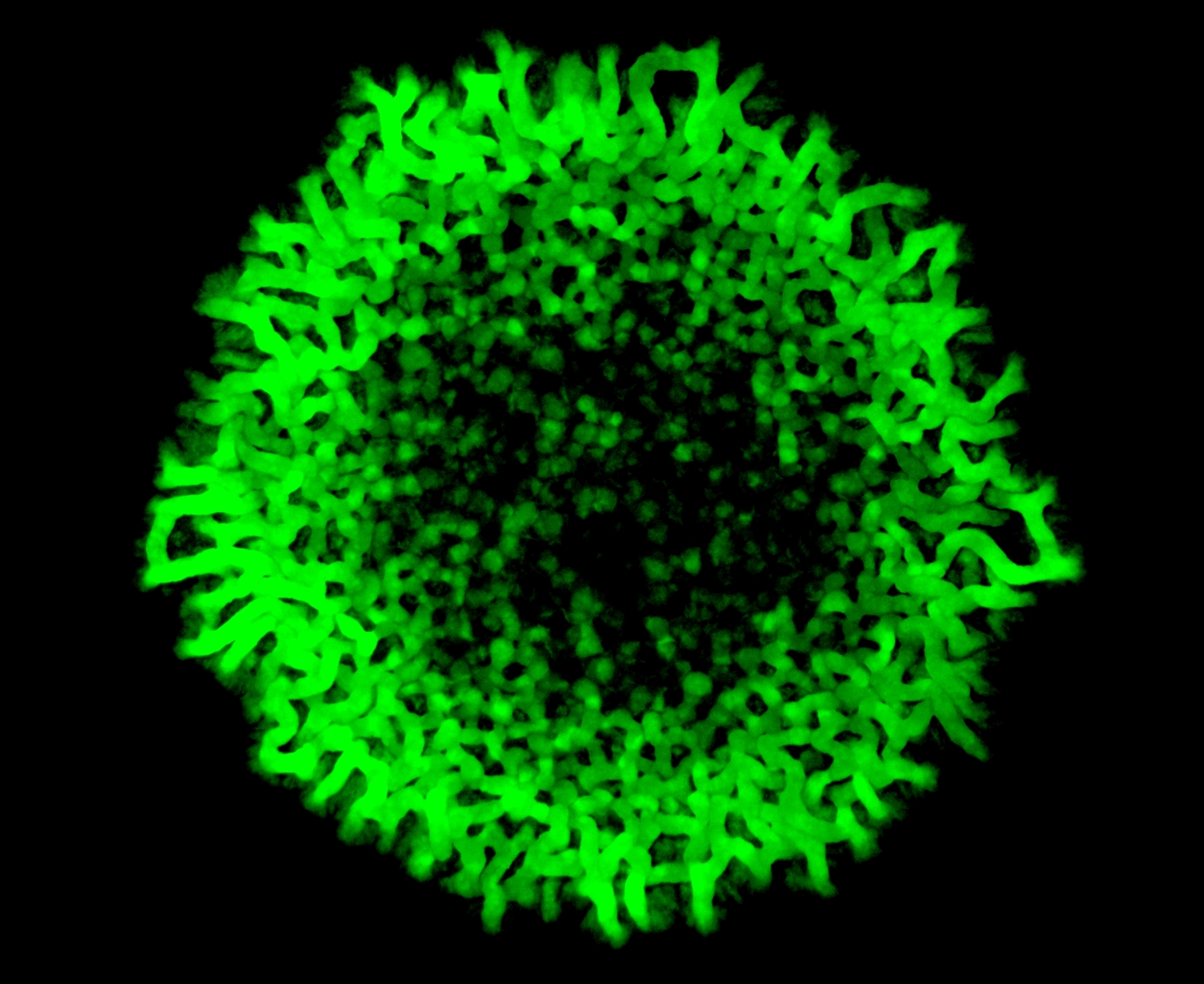-
Tumor of the touch cells: A first-of-its-kind study in India
The cause of a disease often affects its treatment plan. The need to fill this gap in our understanding of disease biology is further exaggerated in the case of ‘rare’ diseases.
-
25 years of learning to combat cervical cancer
According to the World Health Organization, cervical cancer is the fourth most common type of cancer affecting women worldwide. Currently, early screenings of pre-cancerous tissues and vaccination have proven to be the most effective treatment strategies. However, the lack of such interventions in developing nations has led to its high occurrence. Among the South East Asian nations alone, India has the highest incidence rate of cervical cancer.
-
Subtle changes, big effects
Scientists have recently discovered the mechanism by which a minuscule change in 3 atoms in a protein molecule can affect immune signaling in cells. This ‘butterfly effect’ is used by the bacterium, Shigella flexneri, to survive within the host cells that it infects. Ranabir Das’ team at the National Centre for Biological Sciences (NCBS), Bangalore, has found that a tiny change in the protein UBC13, caused by a bacterial enzyme, creates a cascade of small atomic alterations that add up until they prevent UBC13 from binding to a partner protein, TRAF6.
-
Plant defence mechanism helps build insect immunity
Researchers at the National Centre for Biological Sciences, Bangalore, have identified that plant defence chemicals can help build immunity of the attacking insect herbivore. These results have been published in the Journal of Chemical Ecology on the 06th of August 2019, with their story grabbing the Journal’s cover page.
-
Modified transfer RNAs—cellular DJs for tuning metabolites
Every living cell is no less than a party, with a team of highly trained Disc jockeys (DJs). When major events such as cell division or nutrient droughts happen, these molecular DJs create just the right mix of metabolites and proteins to ensure a seamless transition from one state to another. So, who are these cellular DJs, and how do they do this?
-
Molecular ‘clutch’ puts infection-fighting cells into gear
- International team including University of Warwick scientists identifies proteins that drive activation of our immune response
-
Insect Flight Muscles: as they really are
Mythology across civilisations is a testament to our fascination with flight. Though very different from the flight of birds, insects show remarkably variable and versatile movement in the air. As subset of muscles in insect thoraces called Indirect Flight Muscles act as the engine that powers the beating of wings. To understand how they work, researchers have investigated molecular details of their function, without adequately being to visualise the overall structure.
-
Collaboration is key to the biomedical ecosystem
June 2019: The Indo-African Dengue Vaccine Development
-
Study reveals metabolic constraints that control how groups of cells specialise and become interdependent
The question of how life arose on earth has always intrigued us. In particular, the question of how unicellular organisms transition into multicellular forms of life, has inspired the work of several scientists across the globe.
-
Molecular switches that regulate fruit colour and flavonol accumulation in grapes
Flowering plants originated about 125 million years ago and became the dominant species to rule the natural world. They seemed to have two advantages over other plants; they had an exuberance of flowers, to help attract animals for pollination, partly through colour, and they also had fruits as a new and safe means of dispersal. Many plants promote seed dispersal by attracting animals to consume their fruit and to disperse seeds. Fruits provide nutritive rewards to animals, often with some fleshy material rich in sugars and starches, and sometimes with proteins.















